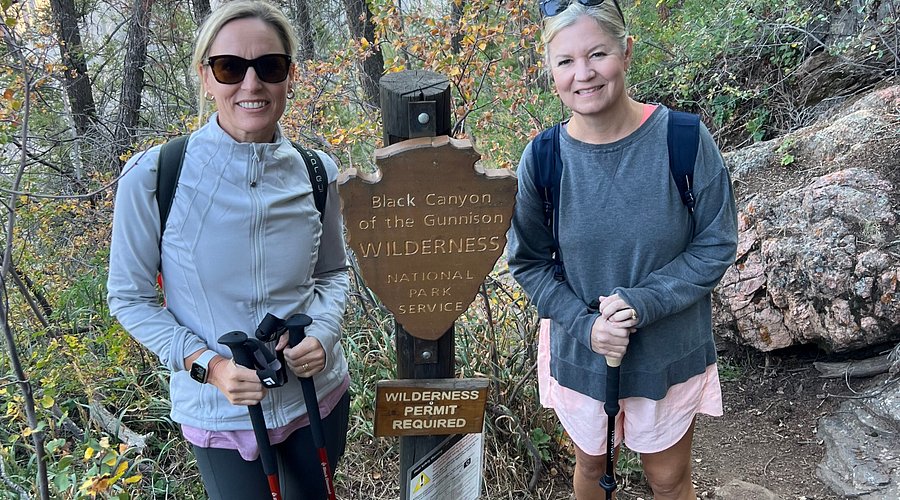Welcome to the Black Canyon: No Sunglasses Necessary, a captivating geographical marvel that beckons visitors with its striking landscapes and rich history. You may wonder how this intriguing name came about. The story begins with the steep, sheer walls of the canyon, composed of Precambrian rock, that are so dark, sunlight struggles to reach the depths of the gorge. Consequently, this natural wonder earned its unique name.
The Black Canyon is located in western Colorado, a state known for its rugged terrain and scenic beauty. It forms part of the Gunnison River Valley and stretches over 12 miles, with some of the most breathtaking views and dramatic cliffs in North America. The canyon walls rise nearly 2,700 feet at their highest point, creating a striking contrast against the azure sky.
Historically, the Black Canyon was carved over millions of years by the relentless forces of the Gunnison River. The river, named after Captain John Gunnison, a 19th-century explorer, played a crucial role in shaping the landscape we see today. Gunnison’s expedition was part of a larger effort to survey routes for the transcontinental railroad, which underscores the canyon’s place in the broader historical context of American westward expansion.
In the early 20th century, the Black Canyon became a focal point for hydroelectric power development. The Gunnison Tunnel, completed in 1909, was a remarkable engineering feat of its time, diverting water from the Gunnison River to the arid Uncompahgre Valley, enabling agriculture to thrive in the region.
Over the years, the Black Canyon has drawn adventurers, geologists, and nature lovers alike. Its dramatic vistas and challenging terrain provide opportunities for hiking, rock climbing, and kayaking, making it a beloved destination for outdoor enthusiasts.
Today, the Black Canyon is protected as part of the Black Canyon of the Gunnison National Park, established in 1999, ensuring that its natural beauty and historical significance are preserved for future generations to explore and enjoy.




